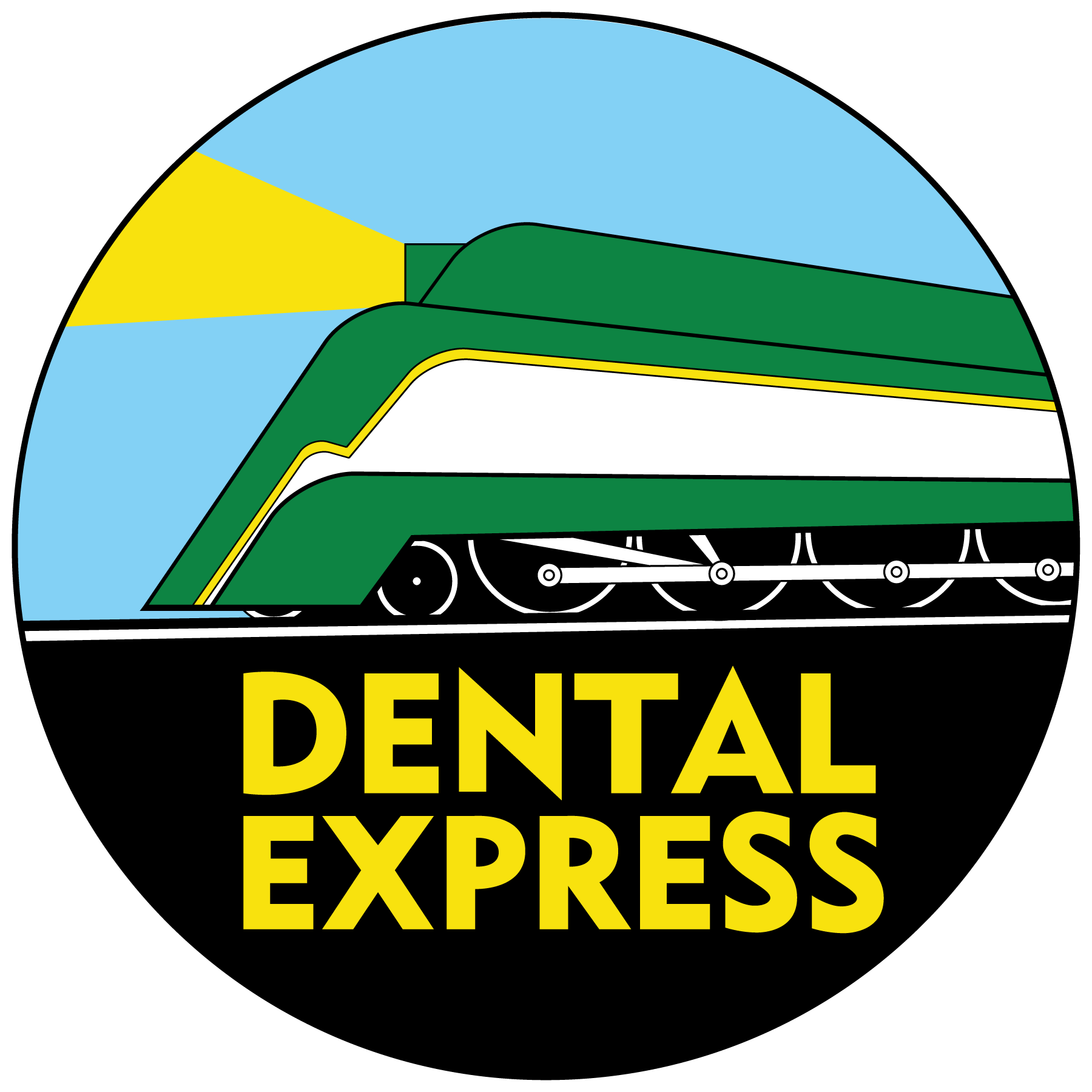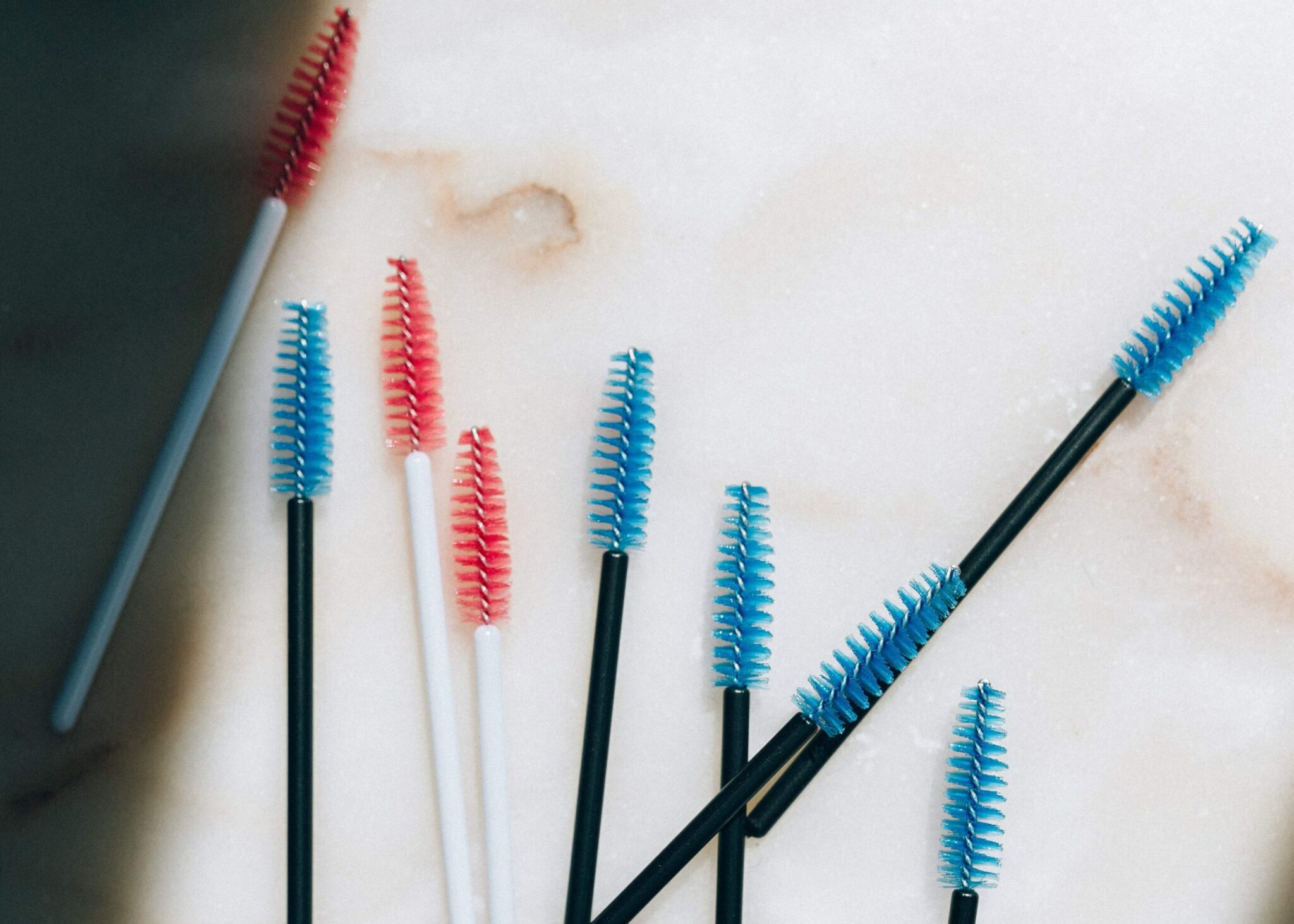A helpful list of hygiene-boosting interdental cleaners you can easily add to your dental care routine
If you’ve followed our blog for any length of time, you’ve heard us stress the importance of daily brushing and flossing like it’s our superhero catchphrase.
After all, what kind of dental practice would we be if we didn’t encourage our readers to maintain their oral health?
But unfortunately, it’s not always easy to keep up with our daily dental care routine.
If you have braces, dentures and implants, a permanent bridge, or if you have trouble flossing by hand, cleaning in between your teeth can be difficult.
Luckily, there are several ways to hit those hard-to-reach areas and protect your mouth from harmful bacteria.
As your local San Diego dentist, we put together this list of four of the best interdental cleaners you can use to fight plaque, control gingivitis, and keep your smile healthy.
So without further ado, let’s get deep cleaning scaling and root planing!
1. Water Flossers
First invented in 1962, water flossers have become the most studied interdental cleaner on the market.
As the name suggests, a water flosser cleans between your teeth by spraying a steady stream of water through a specially shaped nozzle. They can plug into the wall or operate on battery power, and you can adjust the pressure of the stream to your liking.
Since their inception, water flossers have garnered a reputation as a safe and effective way to reach where floss can’t, remove plaque, and reduce the risk of cavities, gum disease, and gingivitis.
In 1971, a study by the Journal of Periodontology showed a significant reduction in plaque formation in people that incorporated water flossing into their dental care routine.
Another study from the same journal showed a 50% reduction in plaque in water flosser users. And additional research showed similar plaque-fighting results in patients with gingivitis, periodontitis, orthodontic appliances, and diabetes.
A more recent study by the Journal of Clinical Dentistry backs up these findings. They reported that water flossing just once, when combined with manual brushing, removes 75% of whole-mouth plaque, with consistent use over four weeks reducing whole-mouth plaque by 51%.
And sitting atop this veritable mountain of research is a 2011 study that showed water flossing is twice as effective as traditional string floss.
With such a strong track record for effectiveness, you can add water flossing to your dental health routine with confidence, knowing you’re doing the best for your smile.
And the best part? They’re incredibly easy to use!
Working around braces and bridges is a cinch; you can operate your water flosser with one hand, and it only takes about a minute to use.
If you’d like to add one of these powerful devices to your dental arsenal, here’s a list of American Dental Association-approved water flossers. And if you have any questions, don’t be afraid to ask your San Diego dentist for advice.
When it comes to improving your oral health at home, it doesn’t get much better than water flossing!
2. Interdental Brushes
Interdental brushes are another useful tool for anyone who has trouble with regular string floss.
They have many tiny bristles attached to a thin wire that reaches into the tight spaces between your teeth. If you’ve ever seen one before, you probably noticed it looked a lot like a pipe cleaner with a handle attached to it.
You can select different sized interdental brushes based on how much space you have in between each tooth, and the wire can be coated (so as not to scratch implants or cause shocks) or uncoated.
To use an interdental brush, you gently insert it between each of your teeth to eliminate plaque and clear out any bacteria.
Unlike traditional floss, you can use interdental brushes with one hand, and they make it easy to work around braces or other orthodontics.
A study by the Dentistry Journal published in 2019 reported that these handy dental tools are just as, if not more efficient at reducing plaque and controlling gingivitis than traditional flossing.
So, while they aren’t proven to be as effective as water flossers, interdental brushes are still an excellent choice for anyone looking to upgrade their at-home dental health habits. And there’s nothing to plug in, charge, or fill up with water––scoring extra points in the ease-of-use department.
3. Pre-Threaded Flossers (Floss Picks)
For a hassle-free flossing experience, you can’t go wrong with disposable pre-threaded flossers.
Typically, these dental devices have a toothpick on one end of a handle with a taut strand of floss on the other. Some types of pre-threaded floss are coated with mint to leave your mouth feeling fresh after a cleaning session.
Their design makes it easy to floss with one hand, and research by the Journal of Clinical Dentistry shows that they’re just as effective as regular string floss.
Although they don’t offer a solution for people with braces, they’re great for anyone looking for a convenient and healthy alternative to traditional floss. As always, if you need recommendations on what products to use or brands to trust, talk to your local dentist in San Diego.
4. Wood Plaque Cleaners
The last item on our interdental cleaners list doesn’t qualify as an alternative to flossing, but it does help remove plaque and prevent gingivitis between teeth.
Wood plaque cleaners are shaped much like toothpicks. Only the ends are carved into a flattened triangle, allowing for deeper interdental cleaning.
For the best results, the American Dental Association (ADA) recommends wetting the end with your mouth as much as possible. Then, clean in between your teeth with a gentle in and out motion.
As of now, Stim-U-Dent is the only brand of wood plaque cleaners approved by the ADA to improve your dental health. So if you’d like a little help in the fight against plaque and gingivitis, give them a try.
But keep in mind, wood plaque cleaners aren’t a replacement for flossing. Even if you use them, stay diligent with your daily dental care routine to protect your oral health.
Consistency is the Best Dental Tool
Cleaning between your teeth every day is essential to prevent tooth decay, cavities, gum disease, infection and maintain the health of your smile.
Whichever interdental cleaner you choose, stay consistent, and remember: none of these tools replace daily brushing.
If traditional flossing becomes difficult (or just plain drives you crazy), we hope this list can help you find a healthy alternative and give your dental health a boost.
Crafting Healthy Smiles, Inside & Outside the Office
Typically, patients only visit the dentist’s office twice a year, making dental habits at home the main line of defense against tooth decay and gum disease.
That’s why, at Dental Express, we always provide our patients with the latest science-backed advice for maintaining a healthy smile outside the office.
Whether you’re a regular patient of ours or not, if you ever have any questions about dental care at home, don’t hesitate to give us a call.
And if you’re in the neighborhood, we have six convenient locations in the San Diego area. Drop by for a walk-in appointment or give us a call to schedule in advance. Let’s craft your ideal smile together!
Keep Reading
Mouthwash: Dental Health Must-Have or Menace?
Baking Soda: The Secret to At-Home Dental Care

